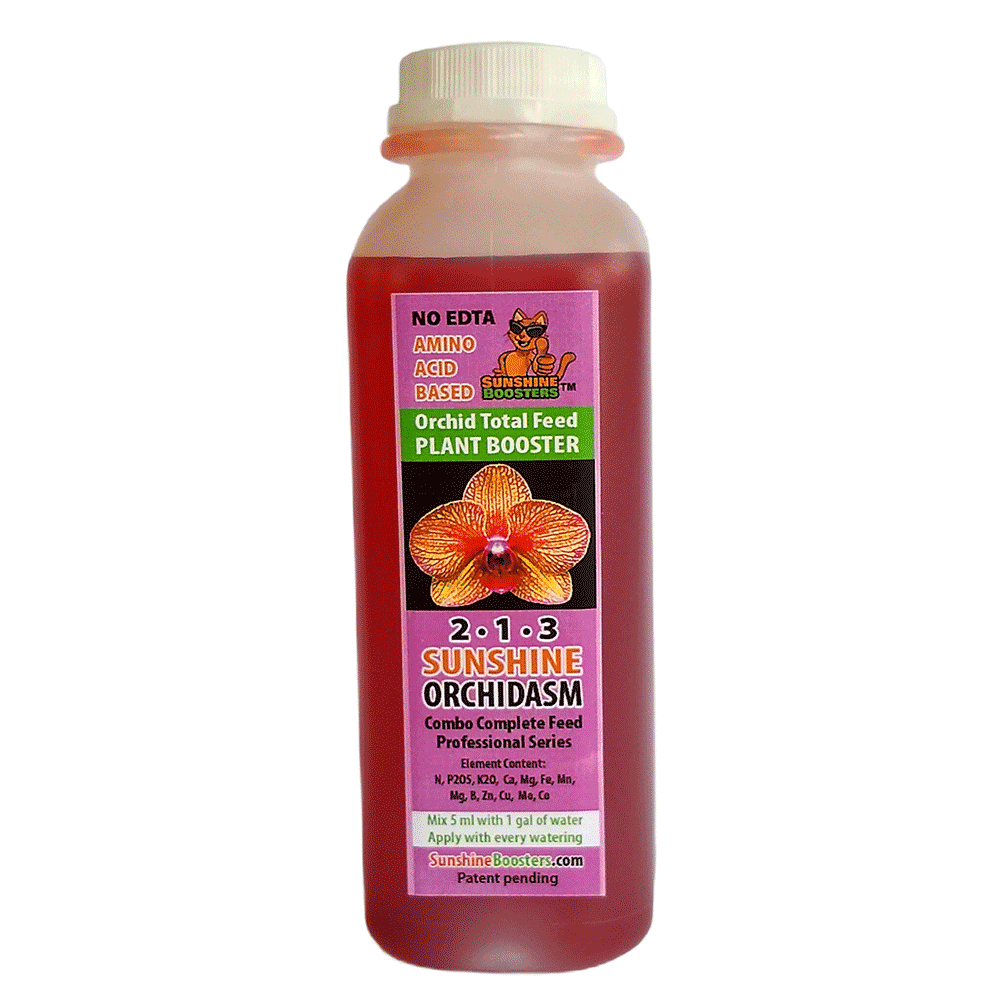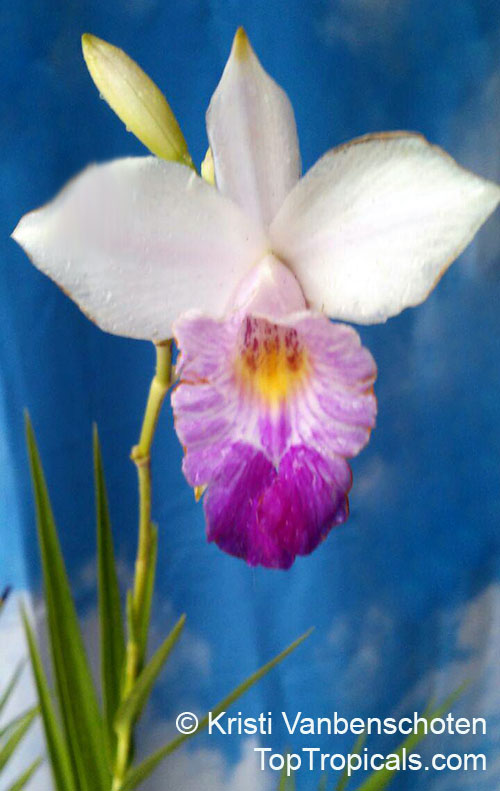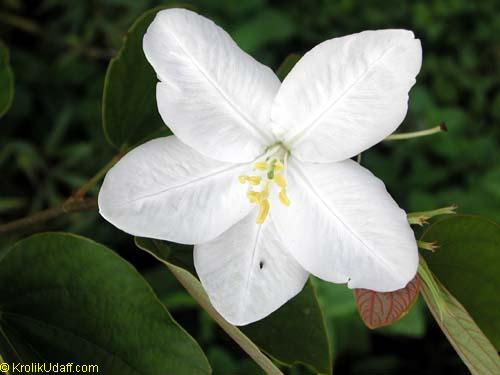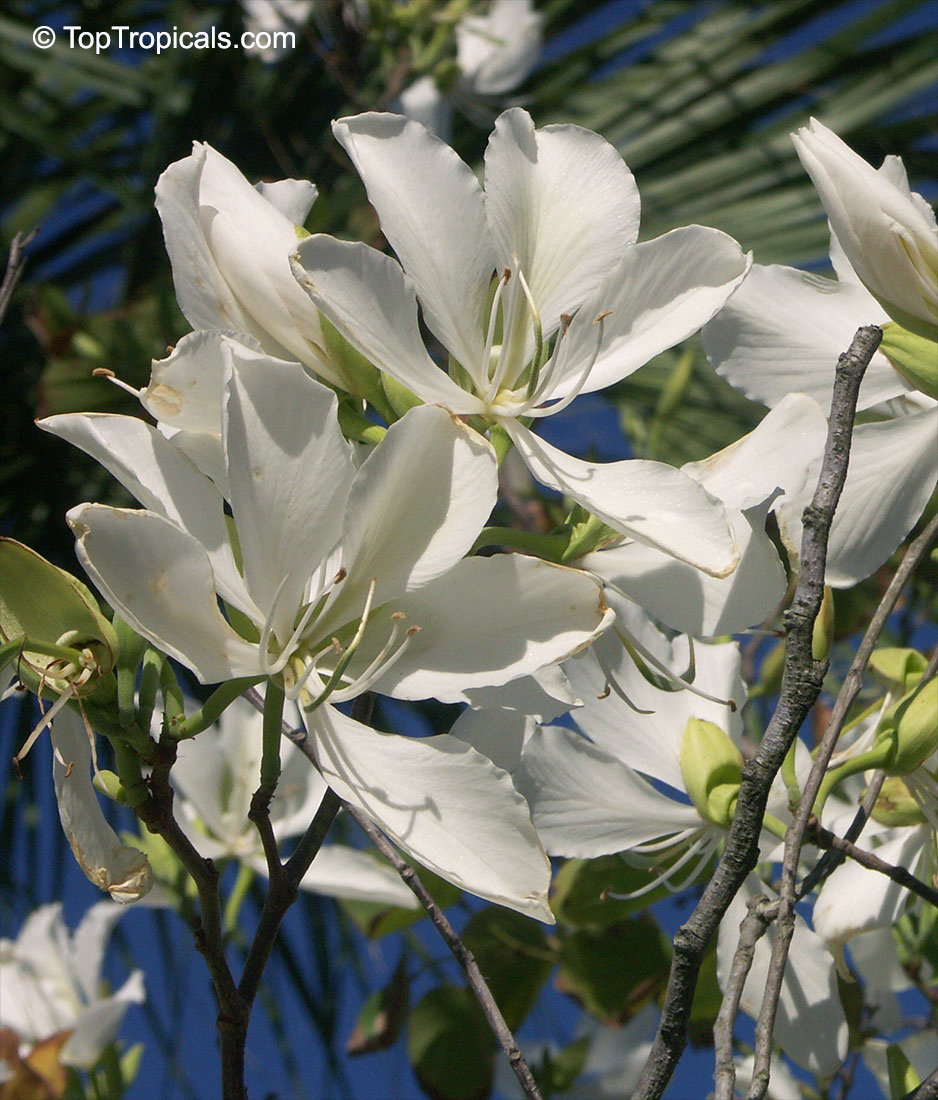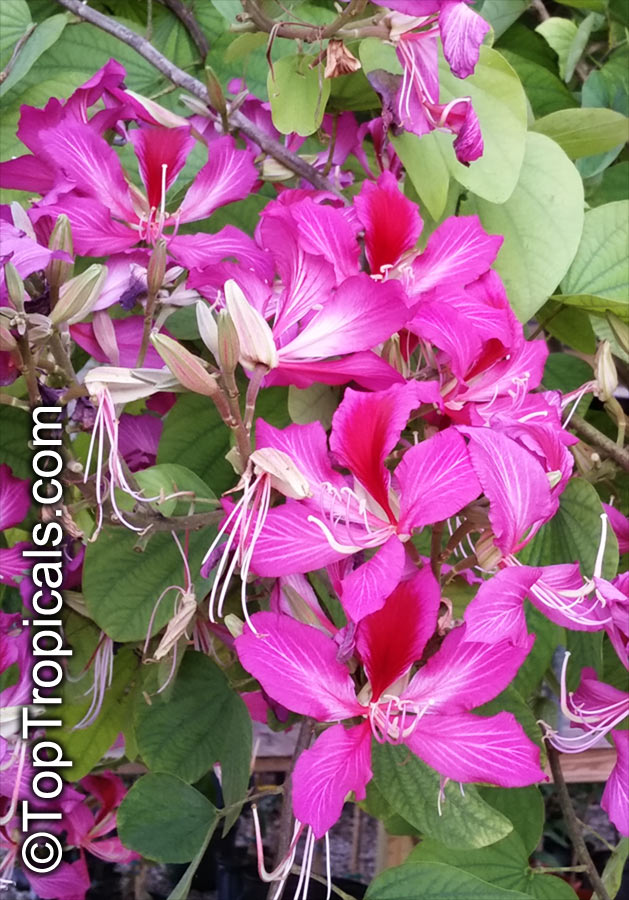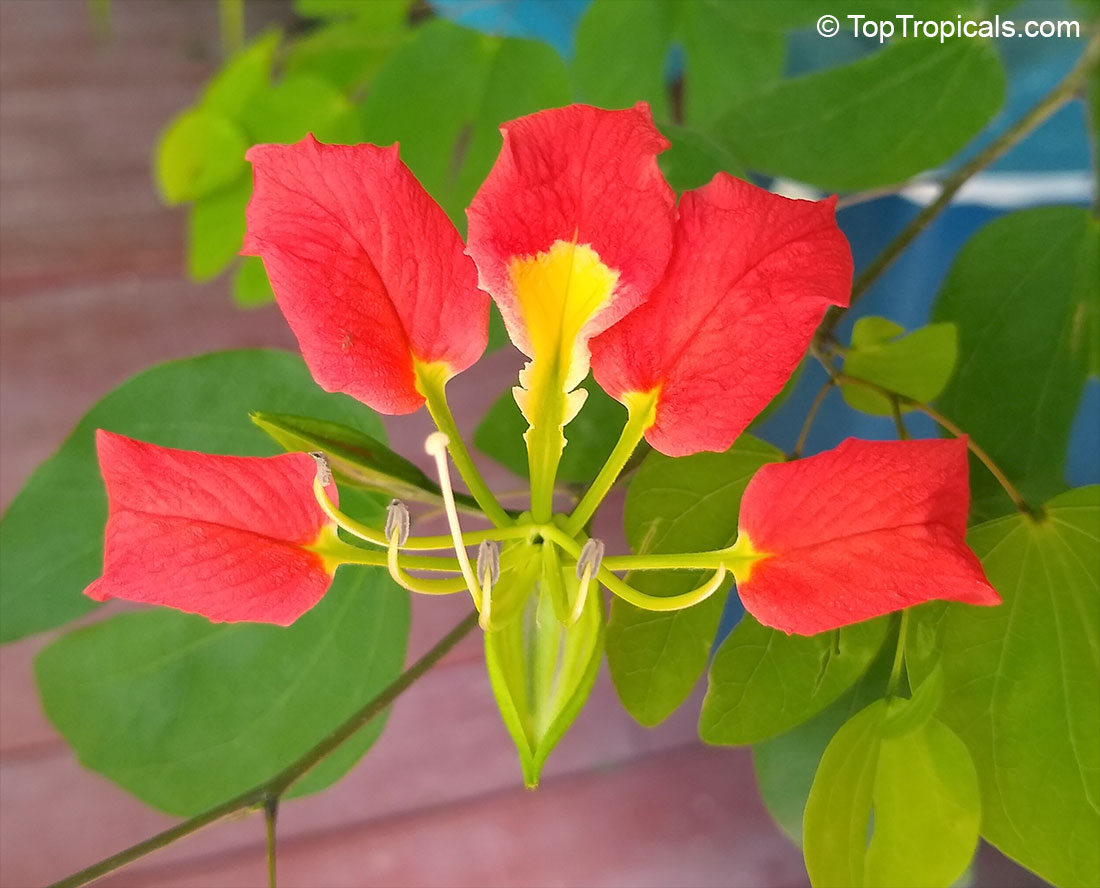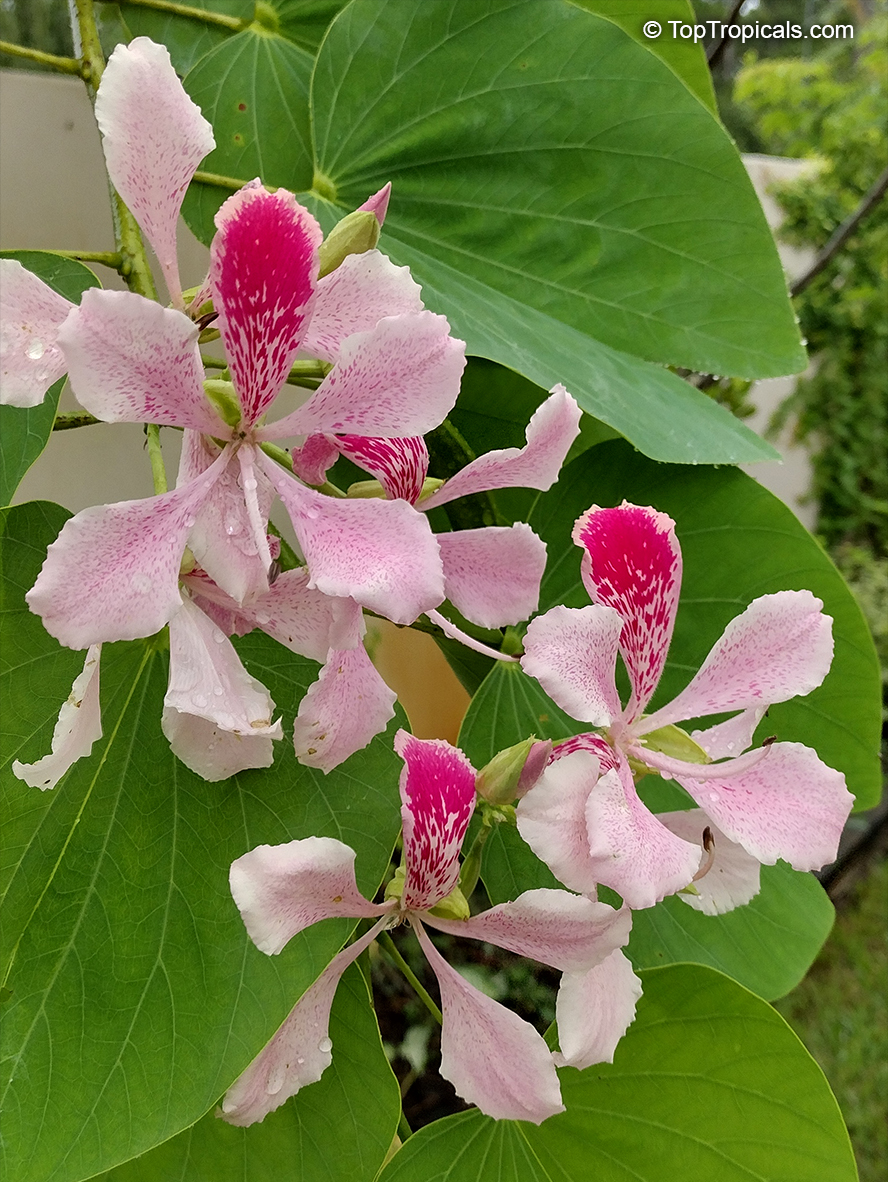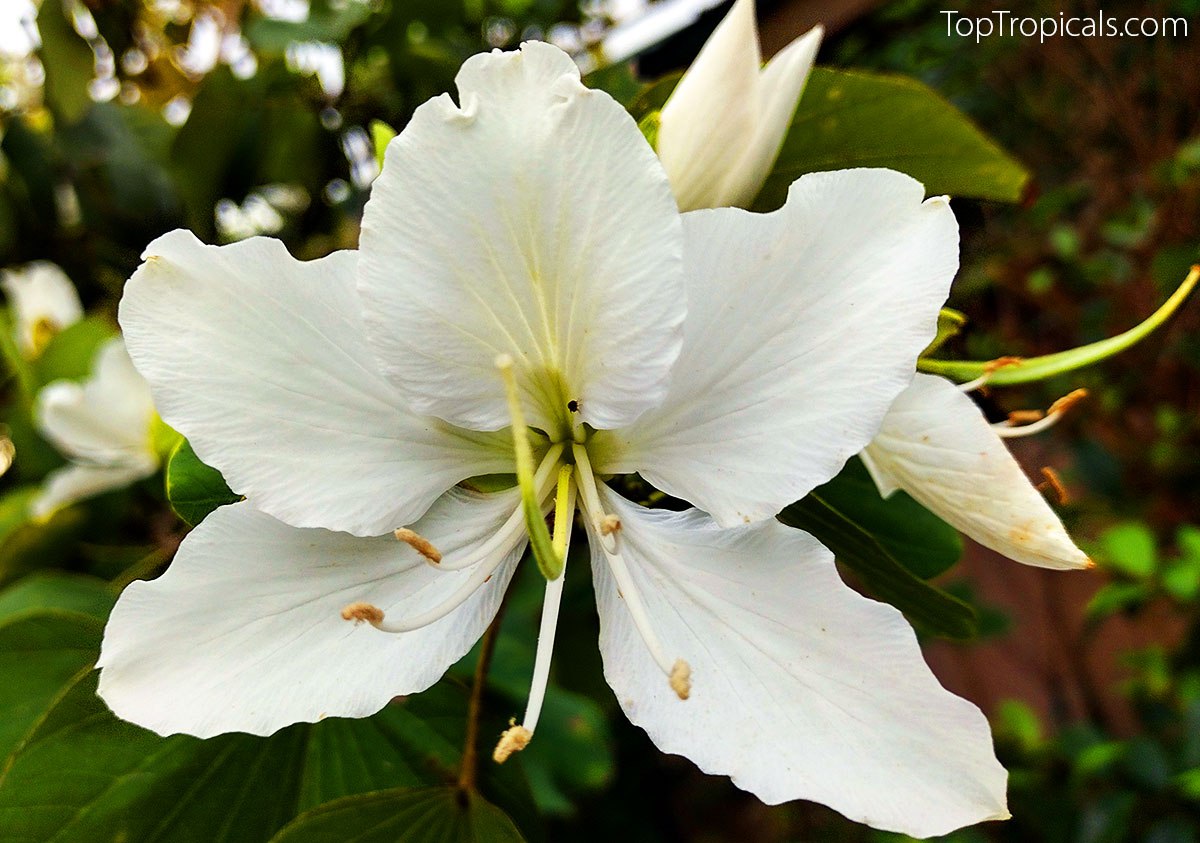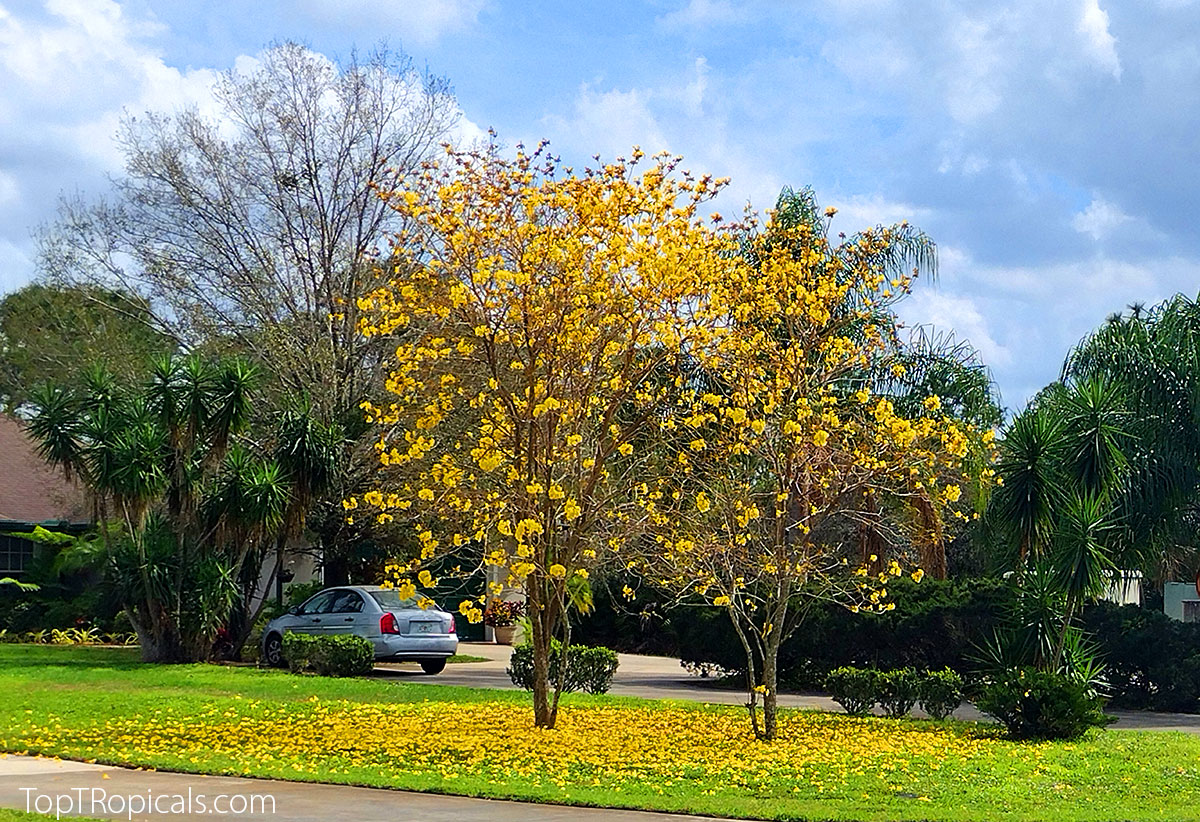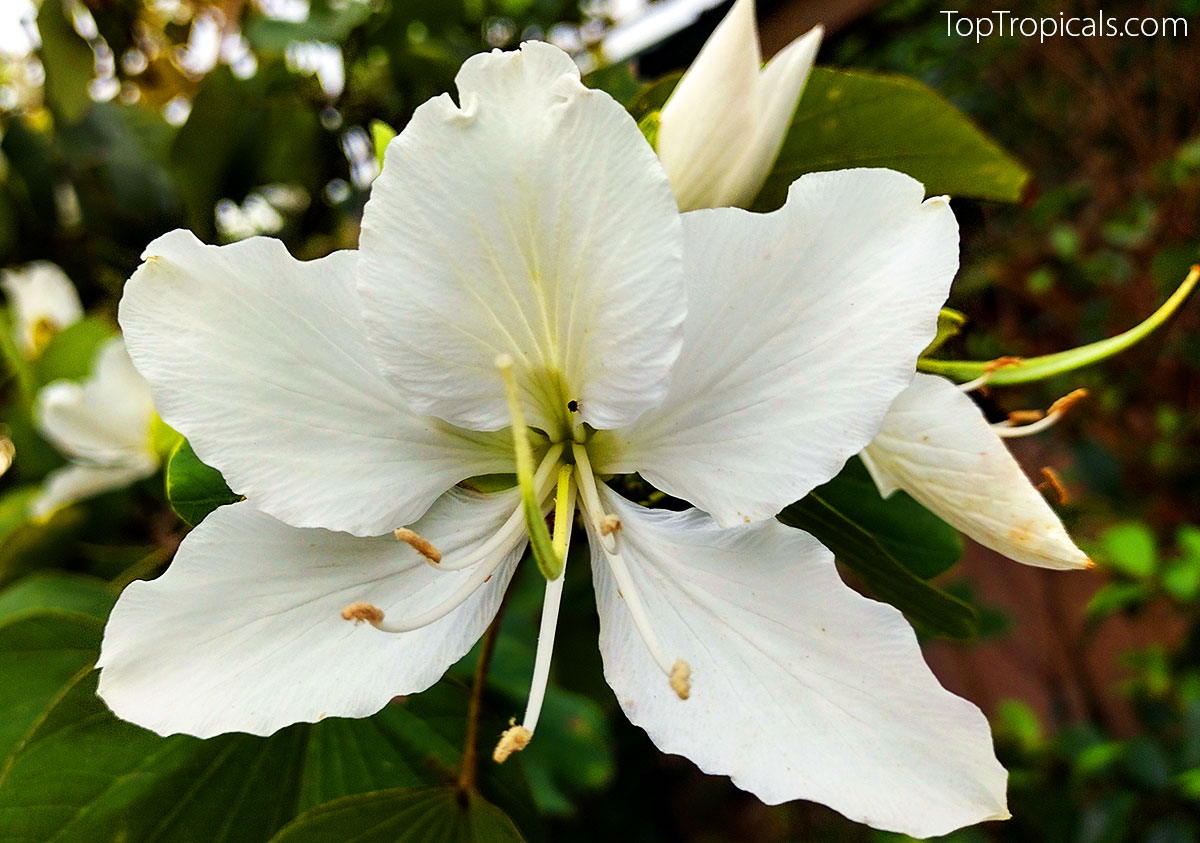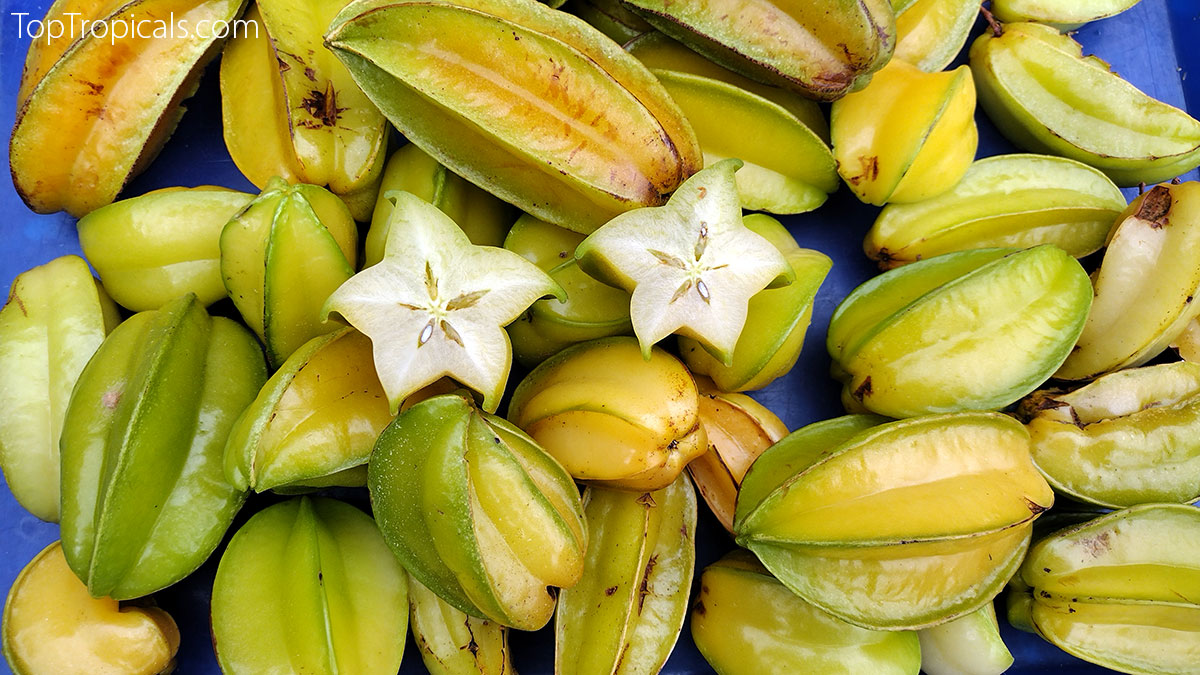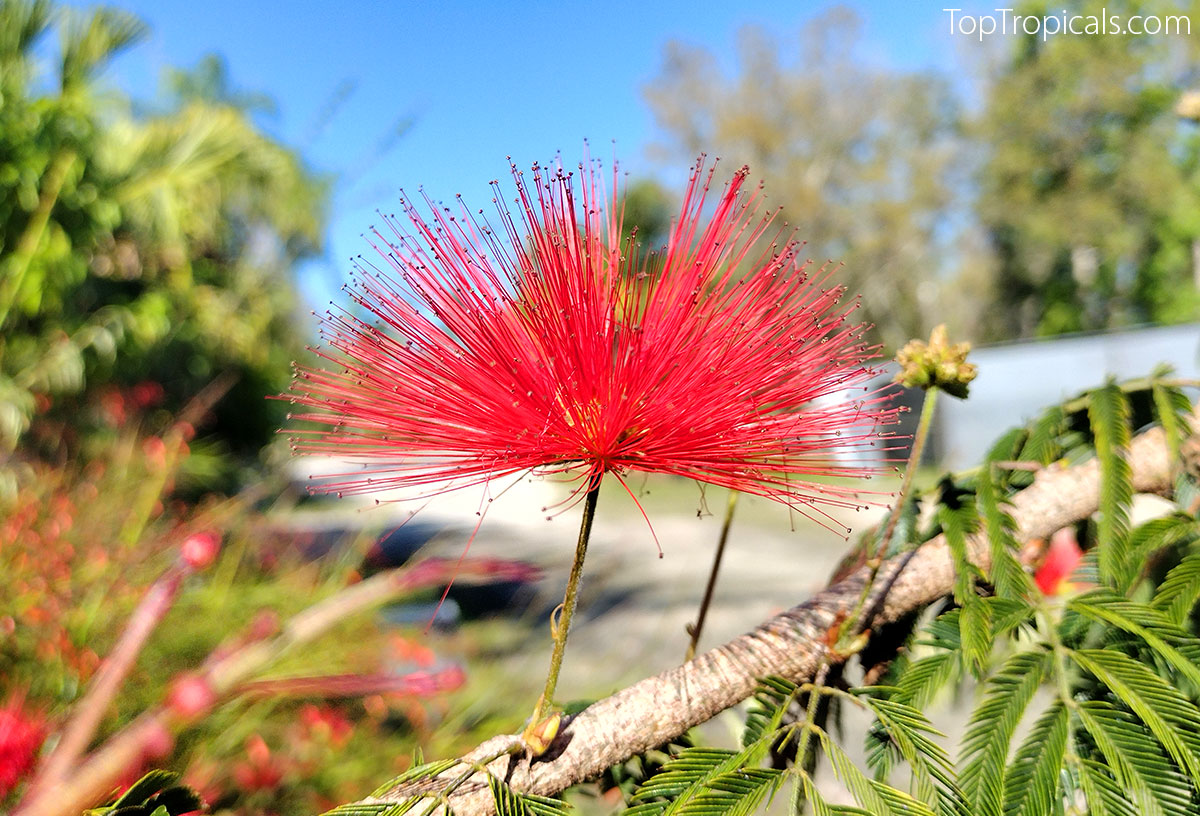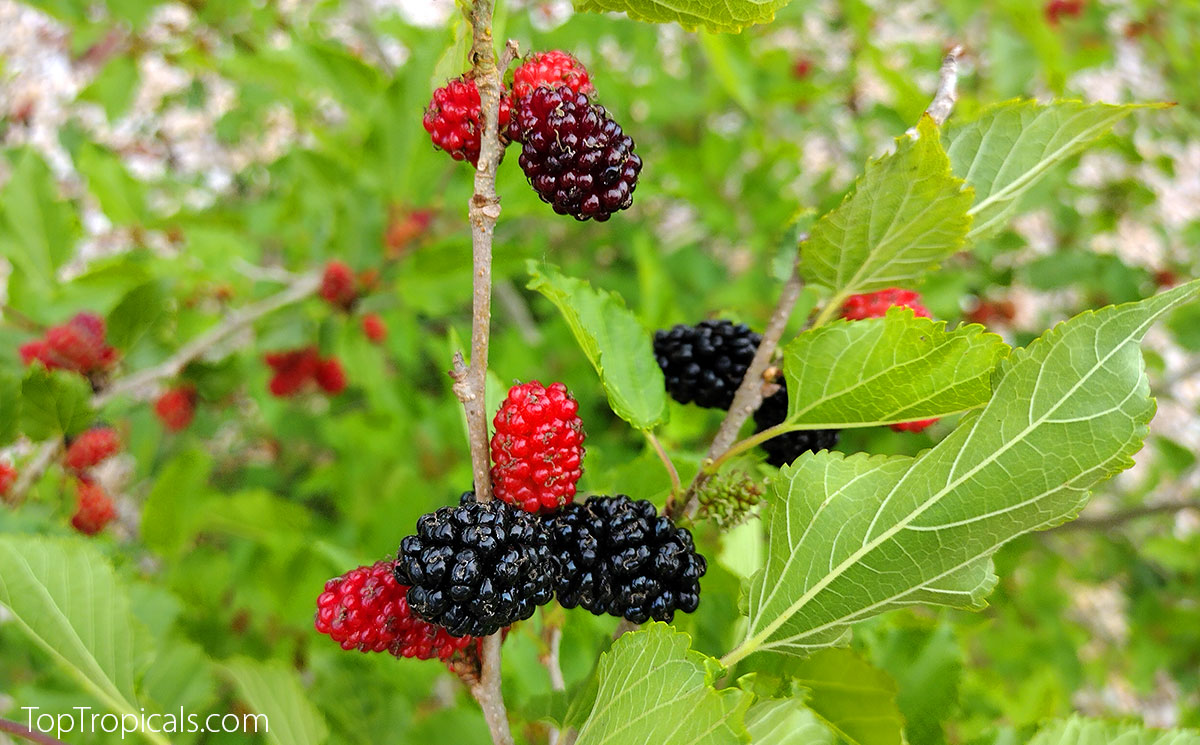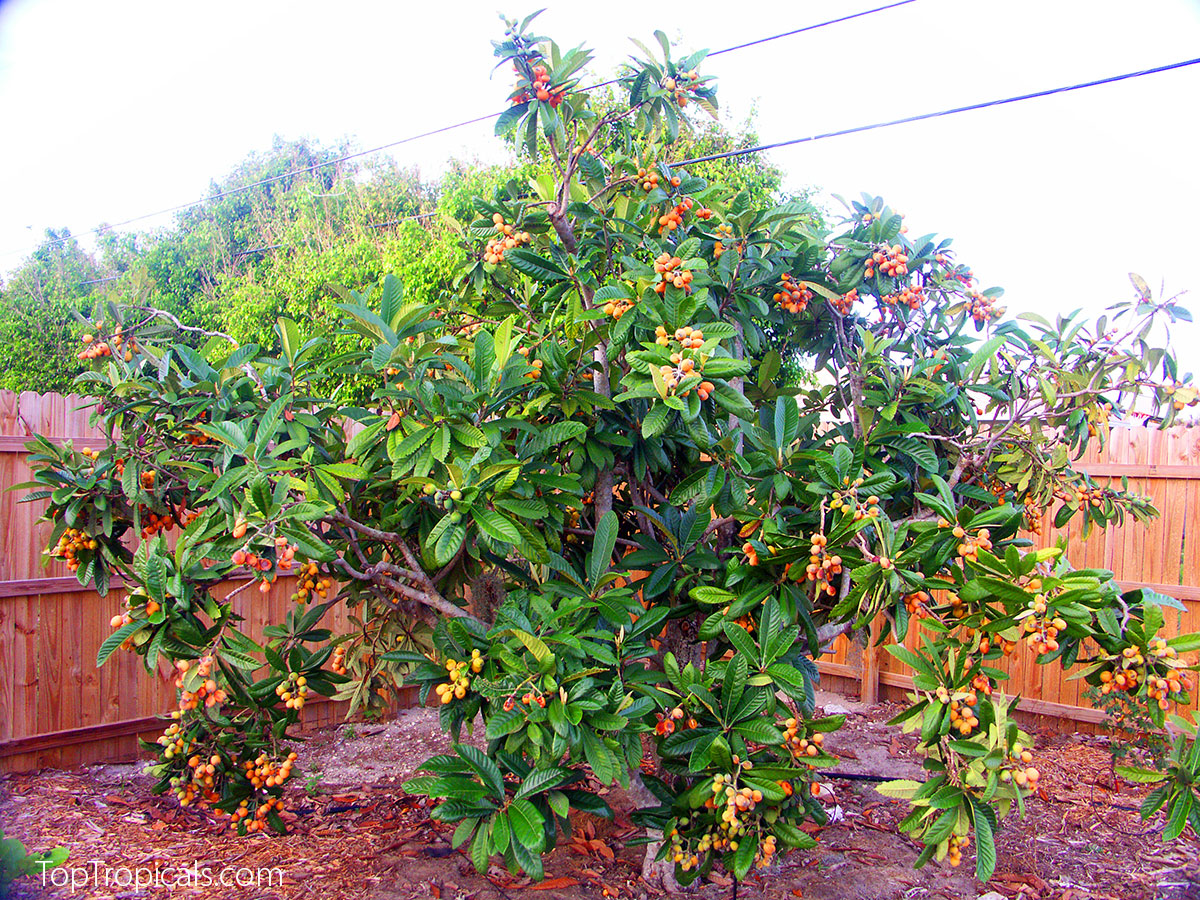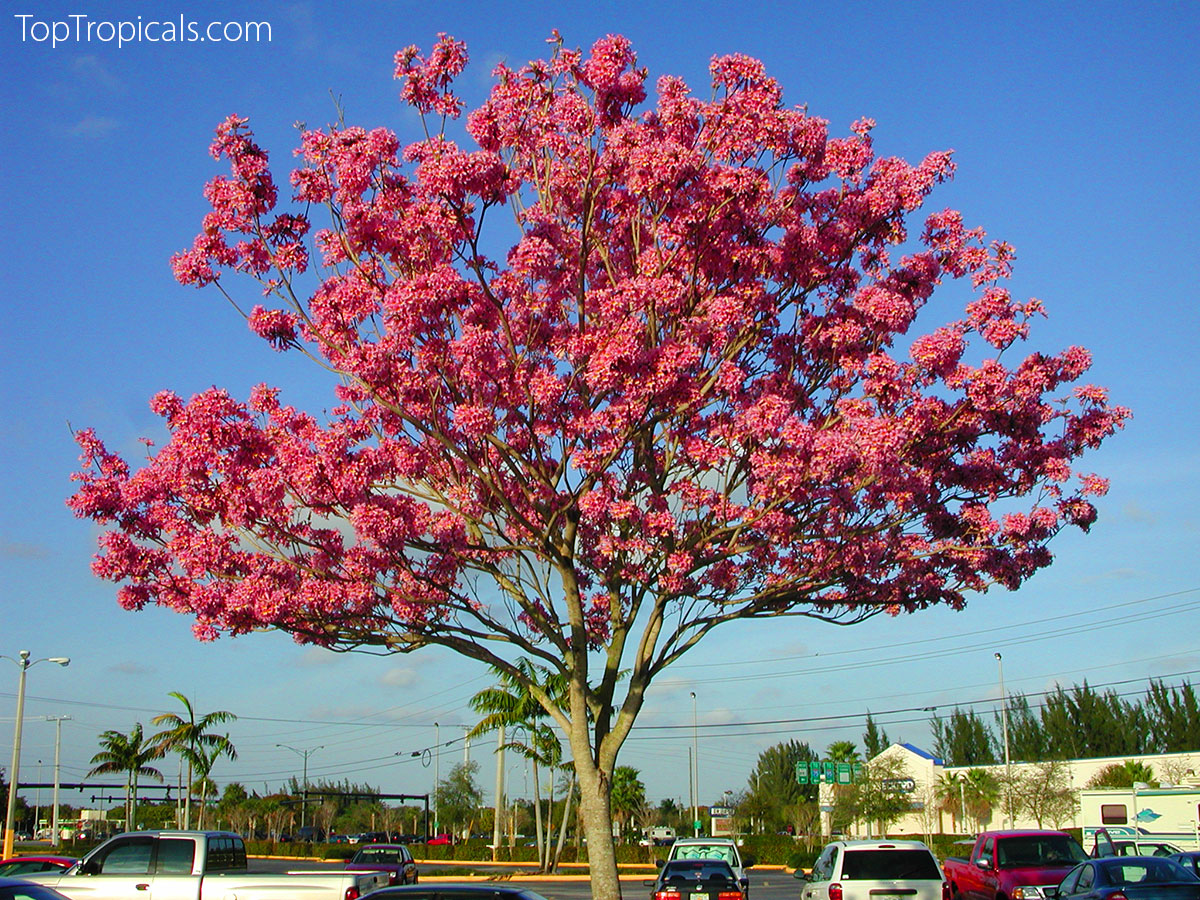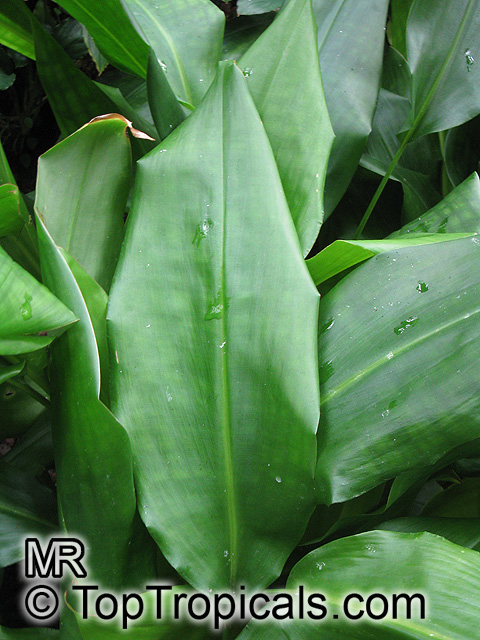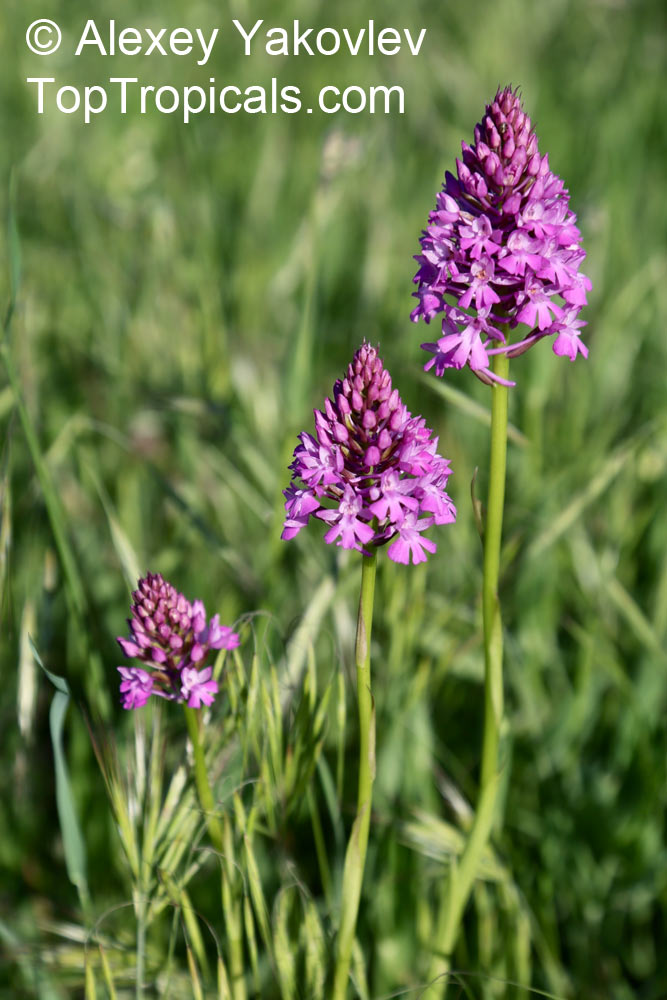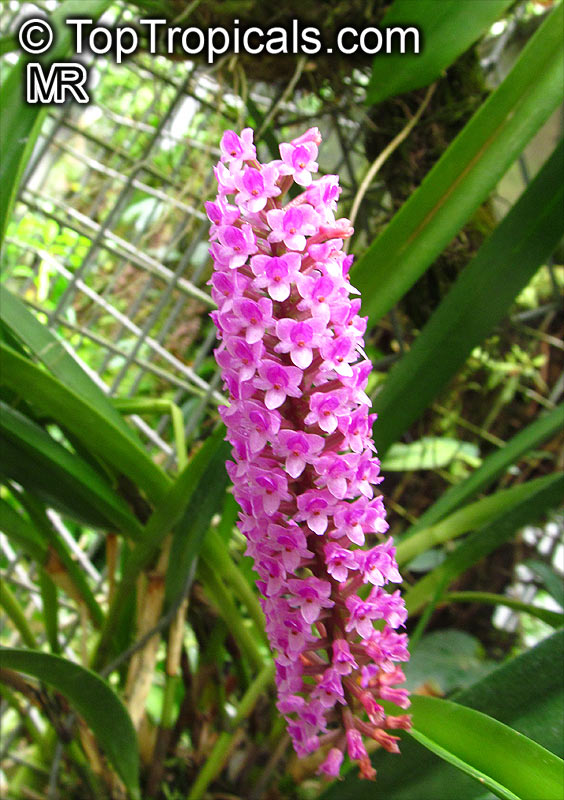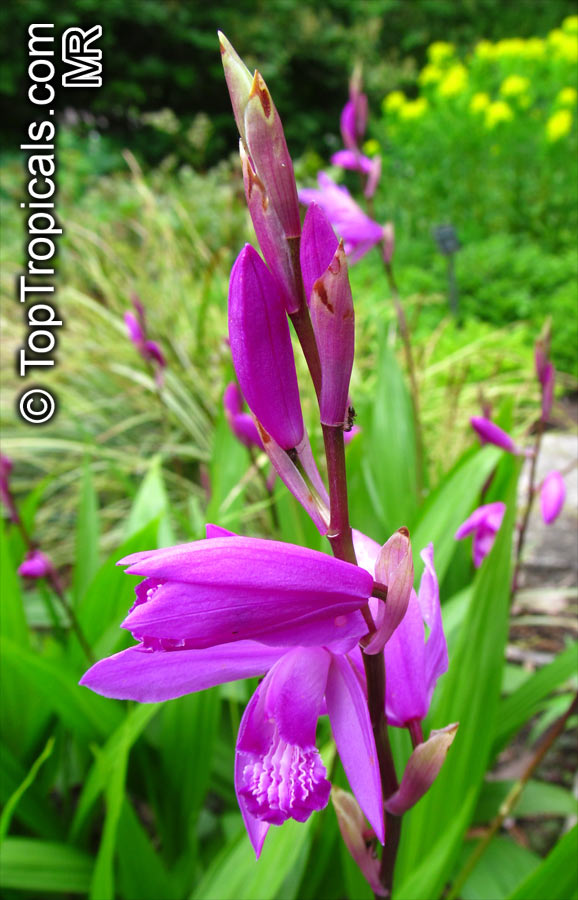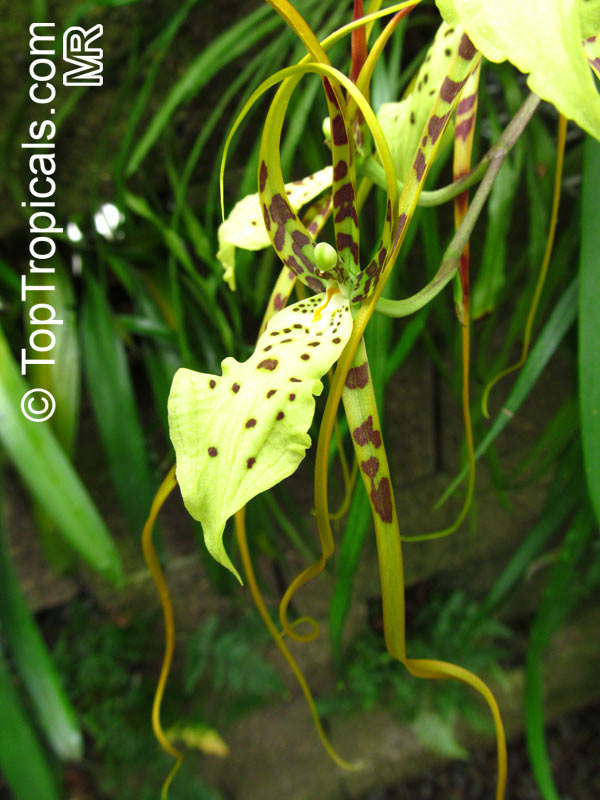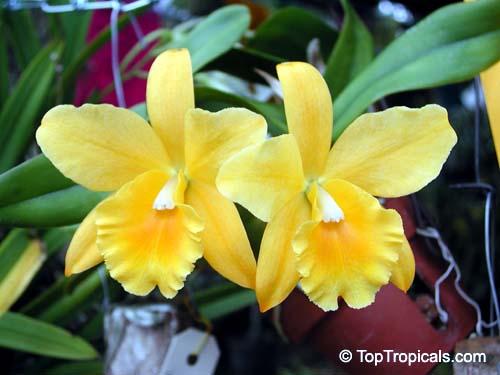Why is it called Nun Orchid
Phaius tankervilleae " Chinese Ground Orchid, Nun Orchid
- 🔠 Phaius tankervilleae – Chinese Ground Orchid - is a magnificent terrestrial orchid. It is also called the Nun Orchid because its flowers resemble the traditional white wimple and brown habit worn by nuns. The graceful, nodding blooms with white, rose, and brown hues create a shape reminiscent of a nun's veil. A truly heavenly plant!
- 🔠 It forms large clumps of bold, sword-like leaves and sends up towering flower spikes that can reach four feet tall! Each spike carries 10-20 fragrant blooms, unfurling in succession for an extended show.
- 🔠 The flowers are a striking mix of white, rose, and brown, blooming brilliantly in late spring, with peak flowering in March and April.
- 🔠 This hardy orchid spreads naturally, producing a new plant each year from a short bulb-like runner. It prefers shade, especially under trees, and can handle dry periods before its grand floral display.
- 🔠 Perfect for mass plantings, as a specimen in part shade, or even in pots, this orchid brings grace, beauty, and an exotic touch.
📚Learn more from previous posts:
- 💋 How to grow Ground orchids
- 💋 When Bamboo blooms with orchid flowers
- 💋 The prettiest flower for shade
- 💋 Ground orchids: all-summer colors
- 💋 Why do we love Ground Orchids
- 💋 Epidendrum radicans - Orange Reed Ground Orchid, Sunrise
- 💋 Terrestrial orchids
- 💋 What orchids can be grown in the ground
🛍 Get Ground Orchids and enjoy exotic flowers in shade
#Container_Garden #Shade_Garden
🔴 Join 👉 TopTropicals
